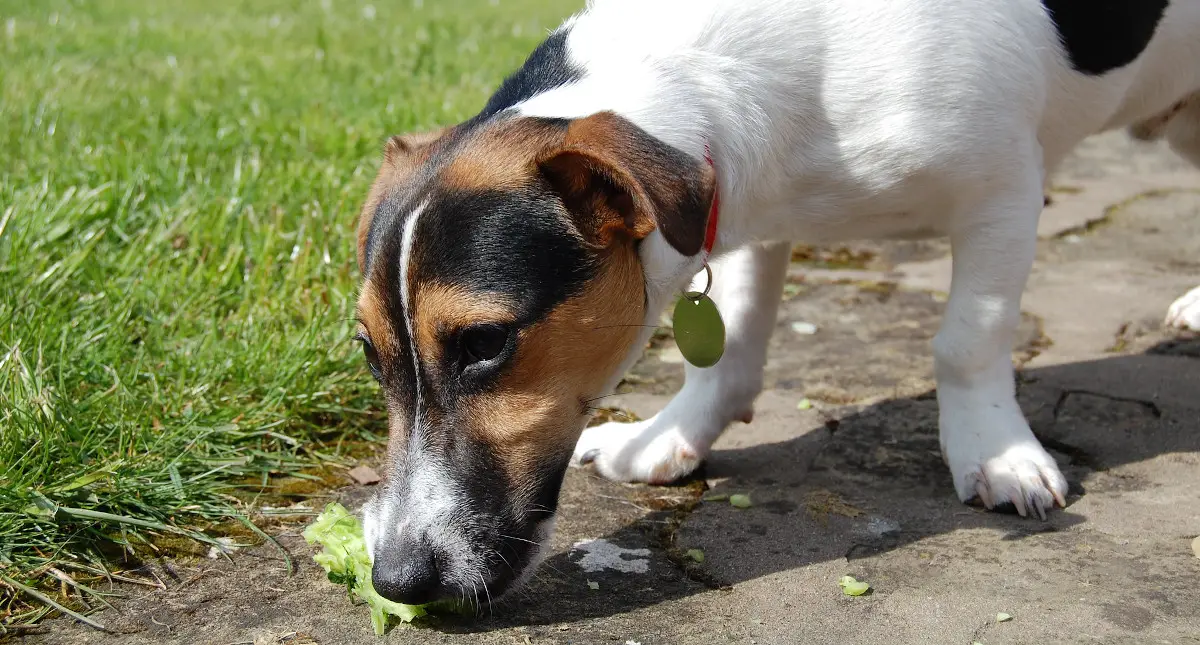Table of Contents
*This post may contain affiliate links. As an Amazon Associate we earn from qualifying purchases.
How do dogs make our lives better?
Please.
Any dog lover can tell you that having their goofy faces around makes us happier. And who can deny the health benefits of regular walkies?
But as great as dog ownership is for us emotionally, physically, and socially, dogs play many important roles in human society, and have for thousands of years.
Some of those roles may surprise you.
Dogs and Humans: Longtime BFFs
Dogs and humans have been together for a long time. How long? Experts disagree, but some scientists believe that the first wolf could have been domesticated as long ago as 40,000 years.
What was happening then? Well, do the words “Stone Age” mean anything to you?
Other scientists believe that there may have been different domestication events in different places at different points in history.

No matter how you slice it, though, that’s a long time for two species to coexist so closely. A lot has happened to humans in that time — and quite a bit has happened in the development of dogs, as well.
Is it any wonder that some of those changes have had cross-species effects?
And is it a surprise that the roles of dogs in human society have grown, changed, diverged and developed during that time?
Symbiosis You Can Observe
It’s not just a matter of “you guard my stuff, and I’ll feed you.” Our relationship with dogs might have started out as a functional one. But it’s gone way beyond that, now.
They feel what we feel

Did you know that when you’re stressed out, your dog can feel it, too? Many dog owners would back that up, and science agrees.
A recent study at Linkoping University in Sweden shows that dogs not only pick up on their humans’ anxiety, but they mirror it back, as well. If you’re stressed, your dog will be, too. And if your dog is upset and you can’t figure out why, ask yourself how you’re feeling.
How you treat them shapes their personalities
A new study from Michigan State University had a couple of interesting findings.
First, dogs’ personalities, like ours, change over time. Age is a particularly important factor, with dogs becoming more set in their ways and difficult to train after age six.
Also, dogs’ personalities tend to reflect the personalities of their owners. That is, anxious people often have anxious dogs, excitable people have more active dogs, and people who are happy with their dogs have happier dogs.

Finally, the study found that how we treat our dogs shapes their personalities — just like with children.
And speaking of fur babies and pet parents, three studies have shown that our relationship to our dogs is a lot more similar to a parent-child bond than many people give it credit for.
And our dogs think so, too!
They really do try to tell us things
It’s true!
Dogs smile, and sometimes it really is similar to a human smile, in both form and function.
Also, they have different ways of trying to tell us things, for example “I want that,” “pay attention to me,” or even “I love you.”

And these are just the gestures dogs have come up with to try to communicate with us. There’s a whole world of dog-to-dog body language that humans have only just started to understand.
Why Dogs are Good for Us
Pet owners have always known that having companion animals is emotionally good for us. Does science back it up? Resoundingly, yes.
Physical health
Owning a dog can decrease your chances of having a heart attack or other cardiac event by 36 percent. What’s more, owning a dog decreased the overall mortality rates of study participants by almost that much.
Even just petting a dog can boost your immune function, another study showed.

And if that’s not enough, children who grow up in homes with dogs have demonstrably lower rates of asthma than children who grow up pet-free.
Still not convinced? Dog owners generally get more exercise than non-owners, and are less likely to be obese. Moreover, older people who walk their dogs are generally able to walk faster and longer than their peers who don’t walk their dogs. Plus, they tend to have greater mobility in general.
You can imagine that all of this goes double for owners of energetic breeds like the Jack Russell Terrier!
Emotional health
Therapy dogs are nothing new, but we’re increasingly finding new ways that therapy dogs can help people.

Whether supporting people on the Autism Spectrum, people living with Alzheimers and dementia, or comforting stressed-out students at exam time, there’s no better emotional support than a loving dog.
But even on an informal level, having a dog around is good for the heart and soul.
Amazing Ways Dogs Help Society
From emotional support dogs to service dogs to detection dogs, dogs have made some unique jobs for themselves in human society. And some of them are fairly recent. Have you heard, for example, of these?
Detection and response dogs

Dogs don’t just sniff out drugs and explosives. Their sensitive noses also help them to detect various illnesses and conditions, as well as to predict medical events.
Diabetes events
Can a dog’s sensitive nose detect when something is amiss with a patient’s blood sugar or insulin? According to science, yes!
A study at the University of Bristol showed that specially trained dogs can detect hypoglycemia (low blood sugar) in Type 1 Diabetes patients with 83 percent accuracy.
Diabetes dogs can then alert their owners in time to act, and potentially save their lives.

Seizure events
Specially trained dogs can help people with seizures in a couple of ways.
Seizure alert dogs can alert their owners when a seizure is imminent, and give their owners time to prepare.
Seizure response dogs respond to a seizure in progress. They may bark to alert others to get help, activate a call system that will bring help to their owner, or comfort their owner and keep them safe during the seizure.
Cancer detection

Some dogs can, with training, sniff out cancer in a patient. Some dogs can do this with up to 95 percent accuracy — that’s better than many lab tests.
Scientists credit this ability to Jacobson’s organ, an additional olfactory organ that dogs have, which people do not. This organ allows dogs to sniff out volatile organic compounds, like those responsible for cancer.
Malaria detection
Dogs that detect Malaria? That’s a new on on us. But it’s for real!
A recent study in Africa has shown that dogs, with appropriate training, can detect malaria by sniffing the socks of patients.
Malaria is caused by parasites and is spread by mosquitoes. It kills nearly half a million people per year.

In the study, scientists taught the dogs to smell the difference between socks worn by infected people and uninfected people. The dogs were able to detect malaria with 70 percent accuracy, and to detect lack of malaria with 90 percent accuracy.
The study results could help to identify patients who could benefit from early treatment. In addition, it could also help scientists to develop “e-noses,” that is, electronic sensors that can detect malaria in a similar way.
Plant disease detection
Dogs aren’t just good at sniffing out human diseases, either. They’re also adept at alerting us to plant diseases like Laurel Wilt.
Laurel Wilt is a devastating disease that affects different kinds of trees, including avocado trees. Avocados are the second-largest crop in Florida, and a very important one in California, as well. Laurel wilt spreads fast and kills these important trees.
By detecting early-stage Laurel Wilt, dogs can help farmers to save their crops — and their businesses, and to help safeguard our food supply.
More Than Just Humanity’s Best Friend

There’s nothing like the love of a dog. And there’s no denying that dogs make us happier, healthier, and better balanced in a number of different ways.
But dogs have been with us for a long time, and over the course of that time, have come to be an integral part of human society. Their roles are numerous and diverse, and growing every day.
Dogs are more than just Humanity’s Best Friend.
Featured Image: CC BY-SA 2.0 by F.A.F via Flickr

